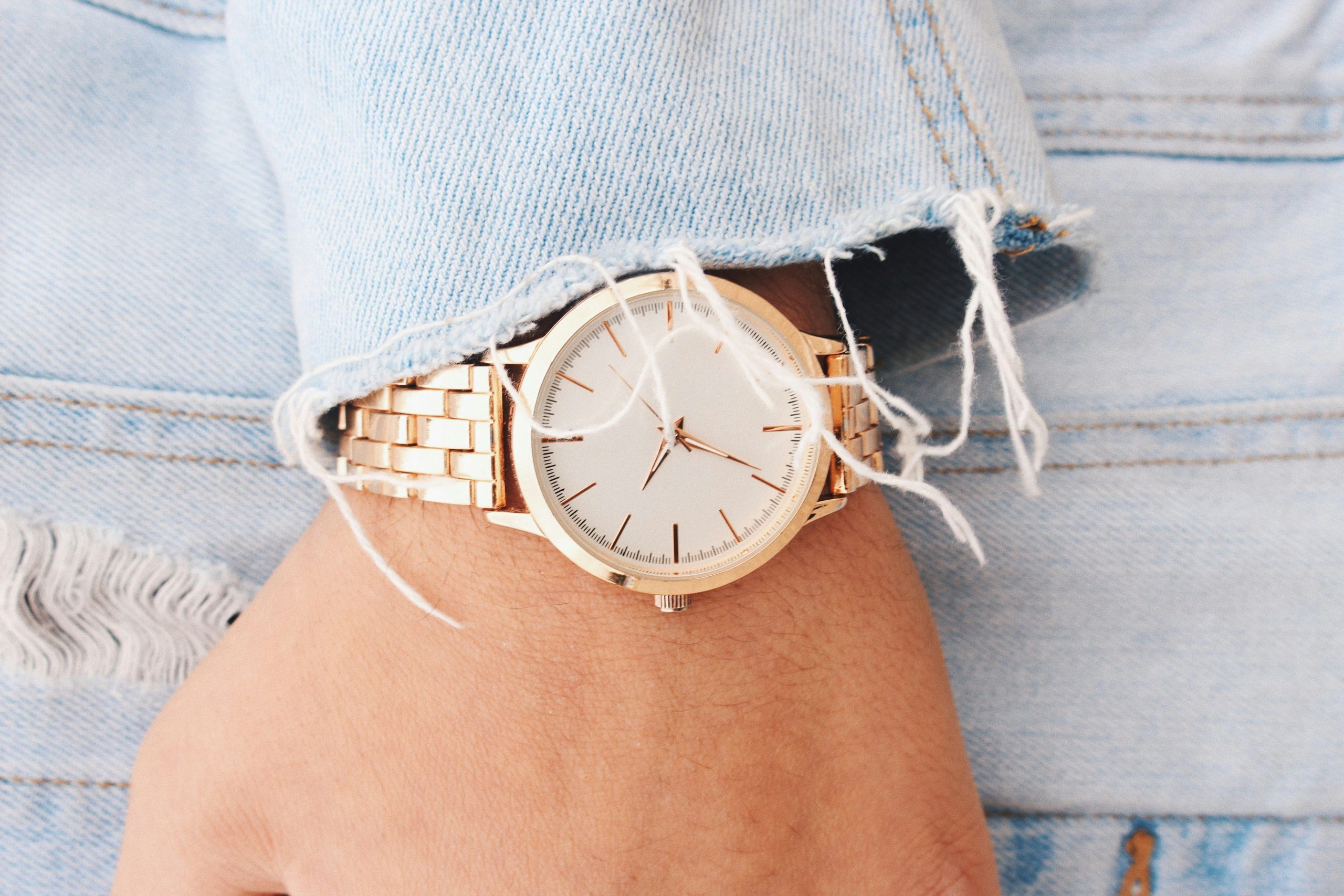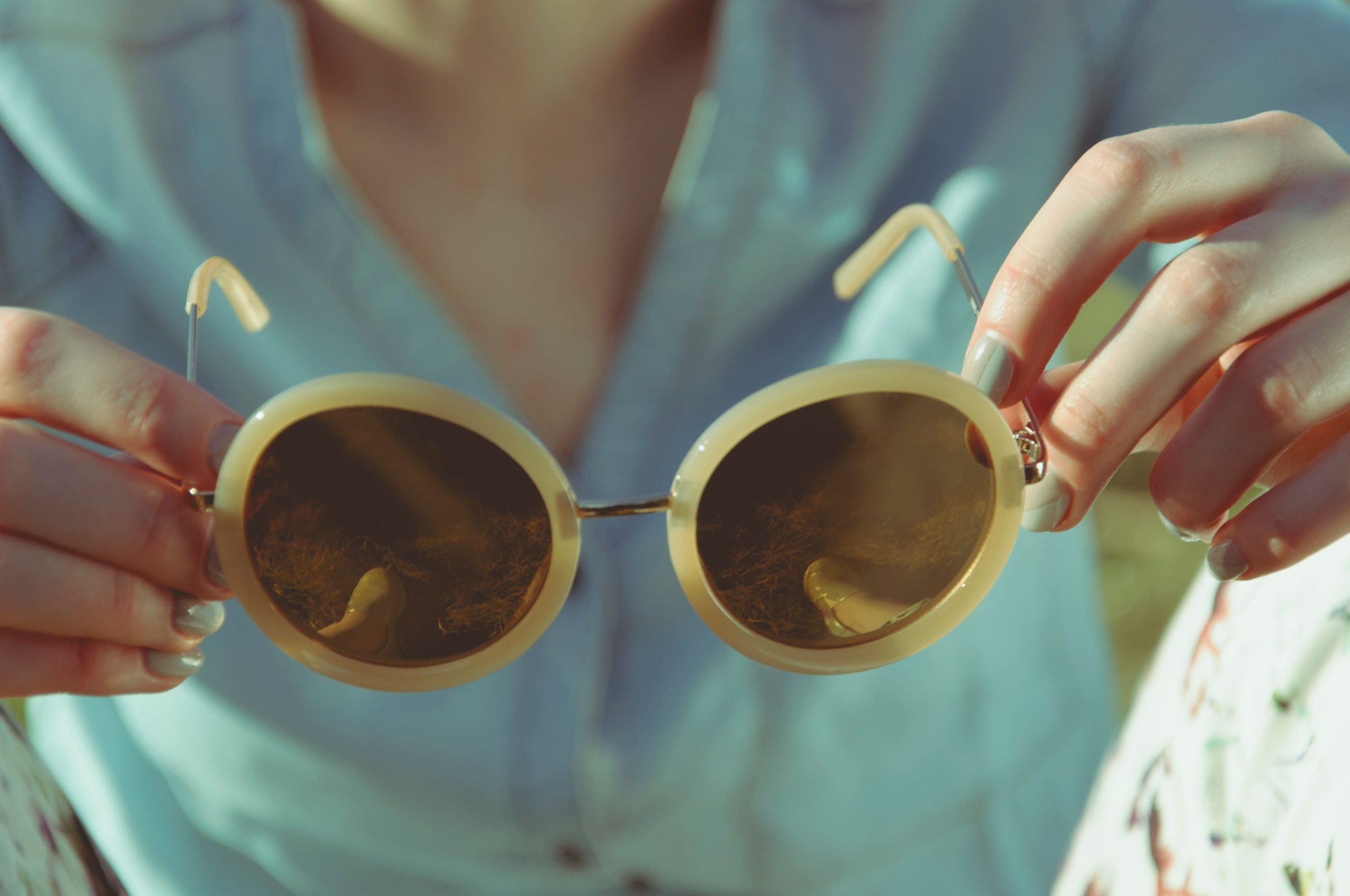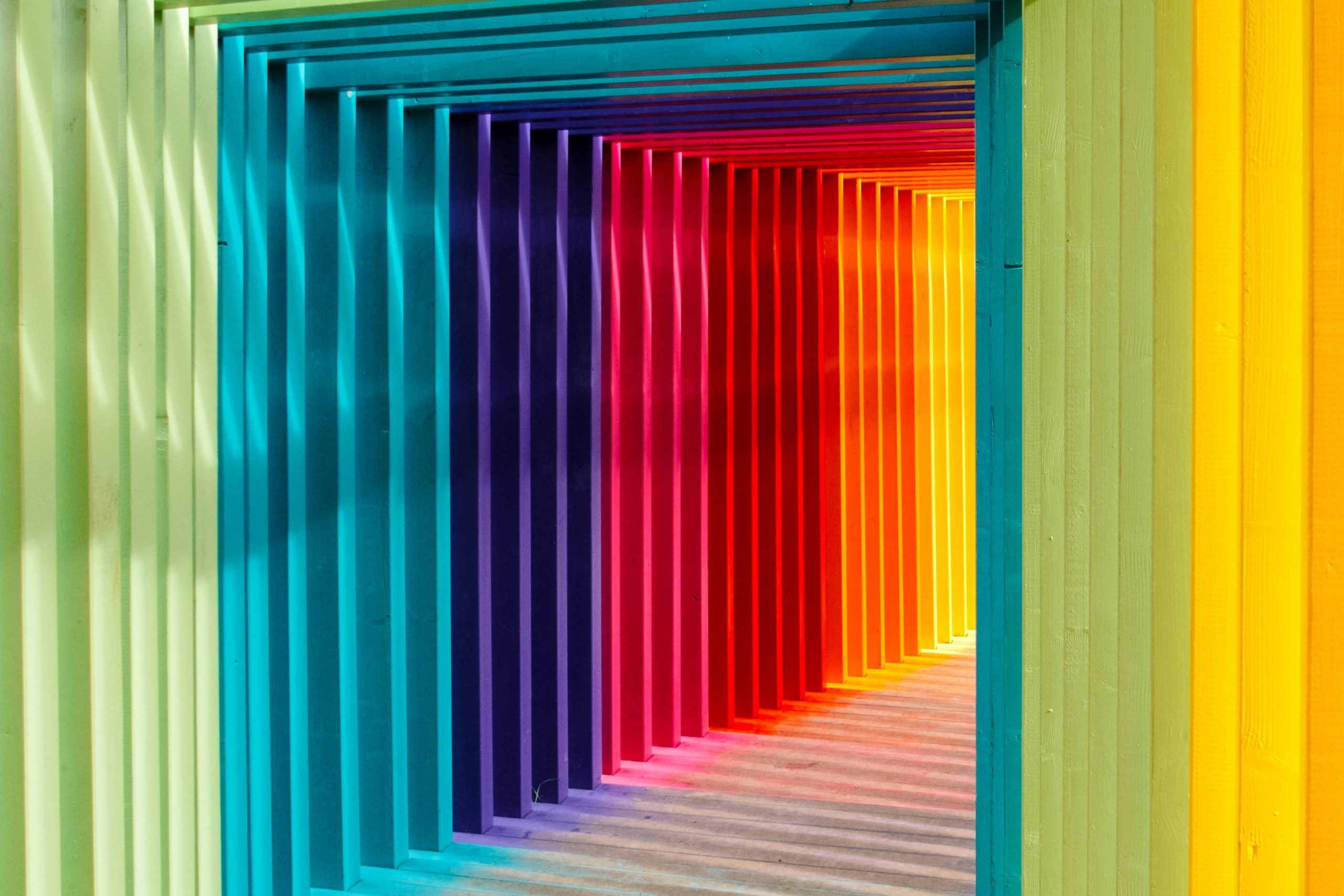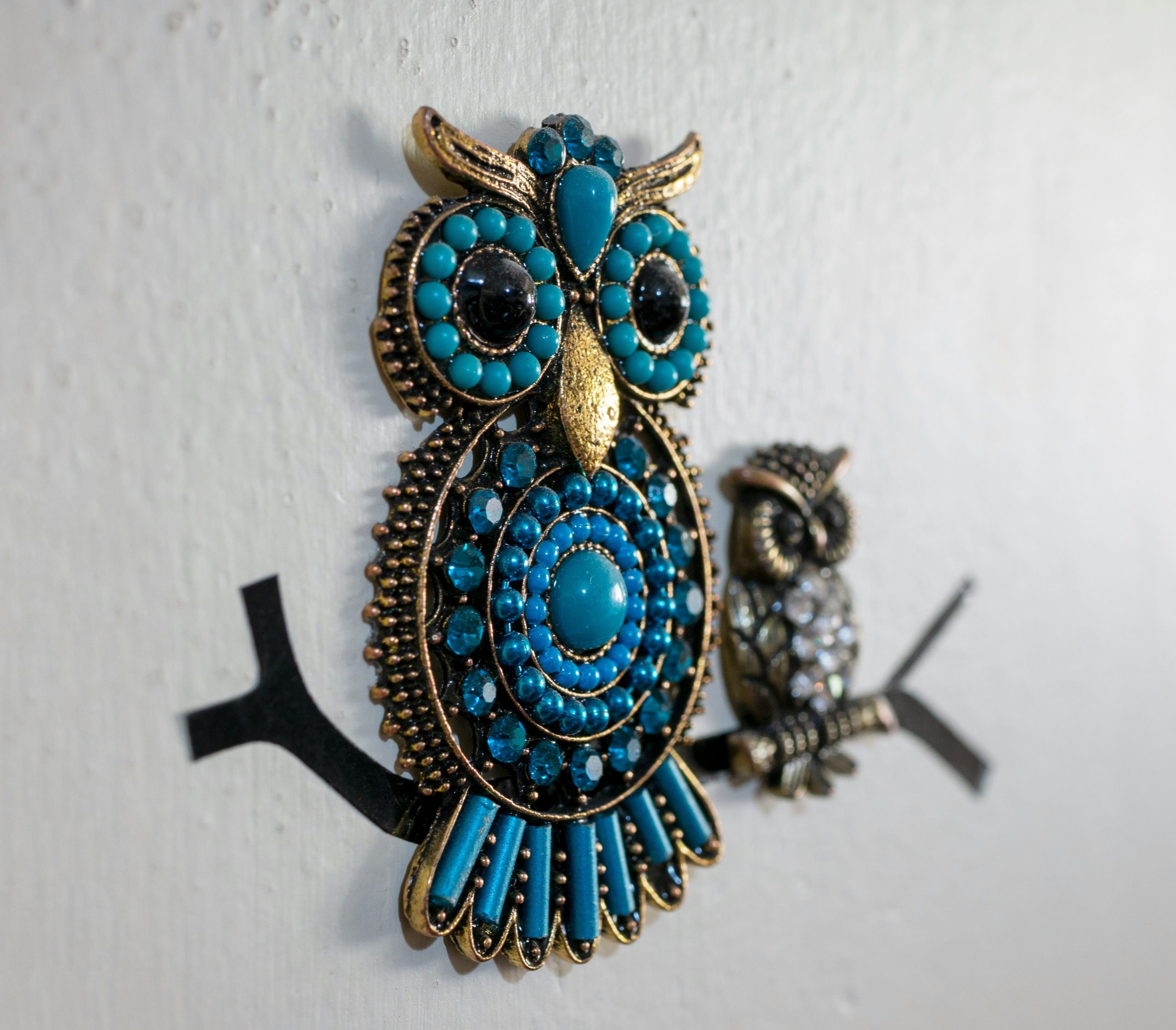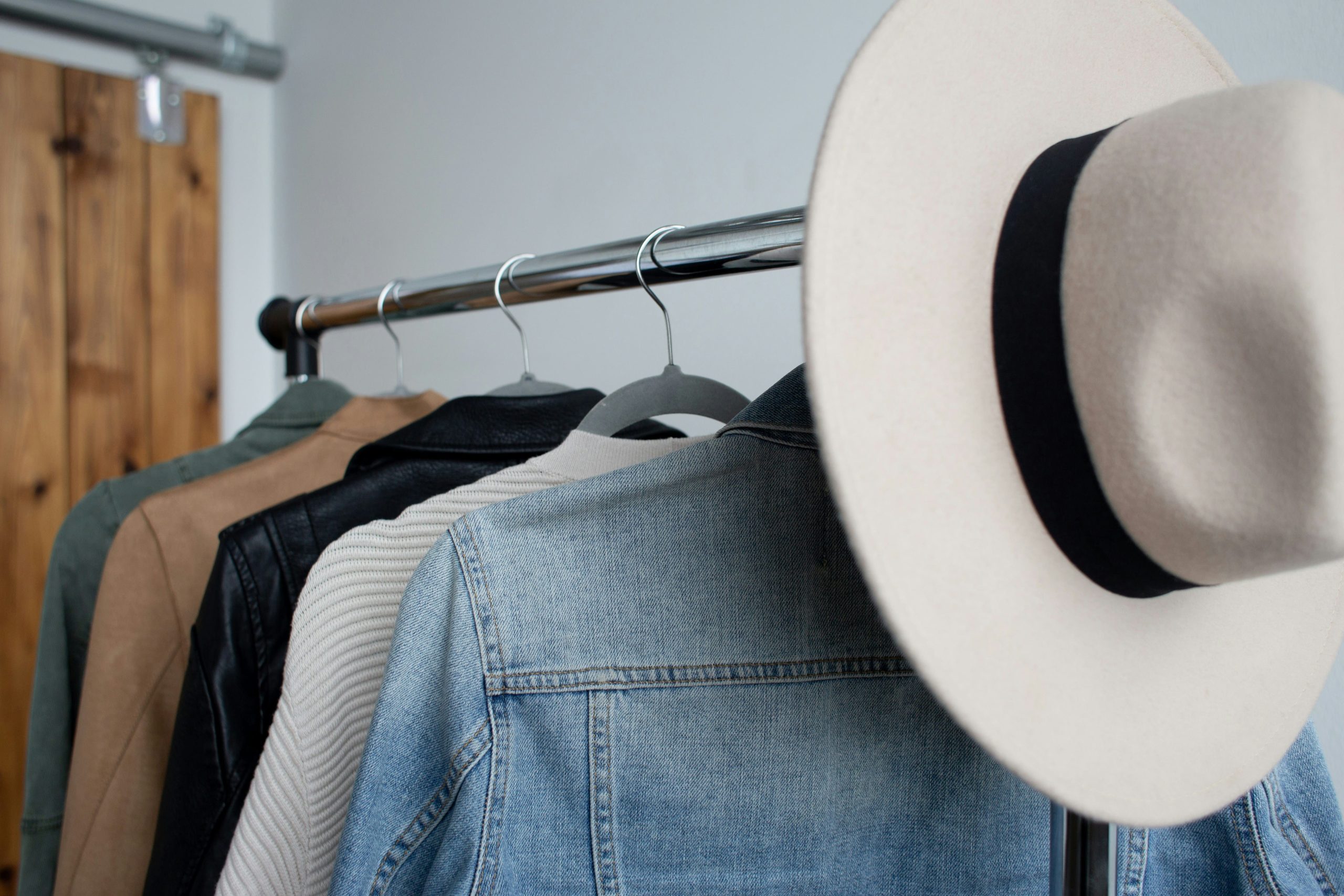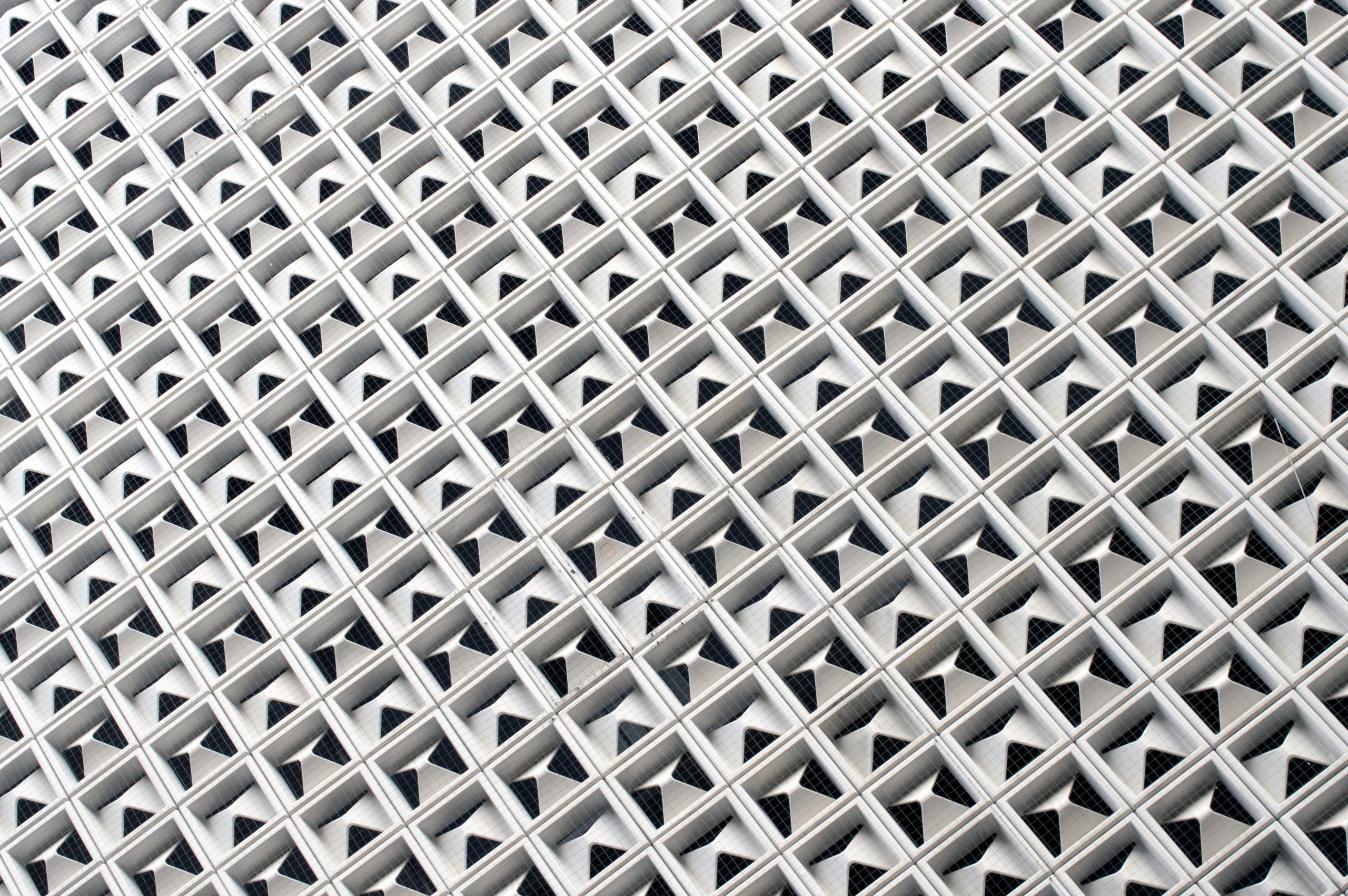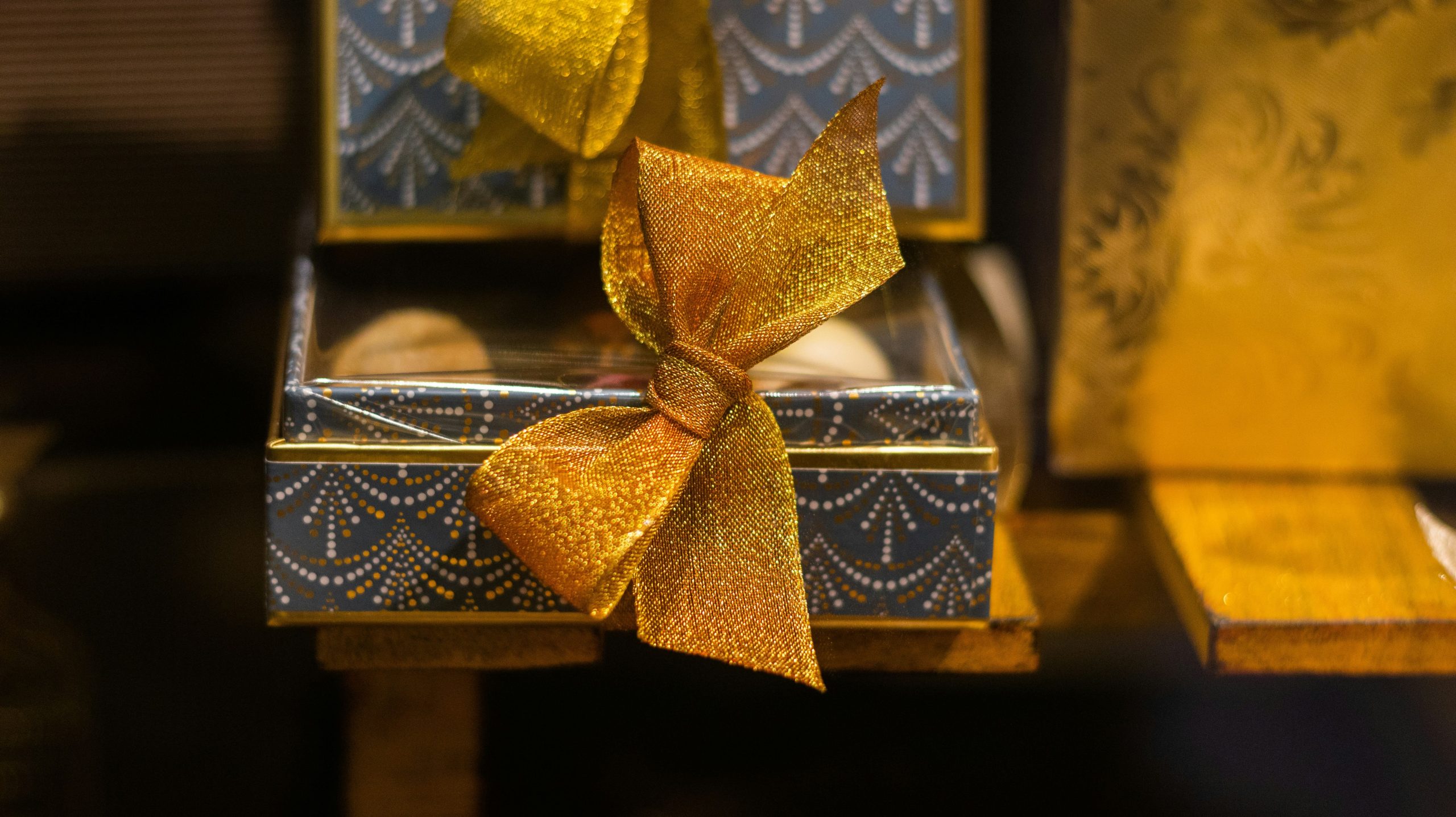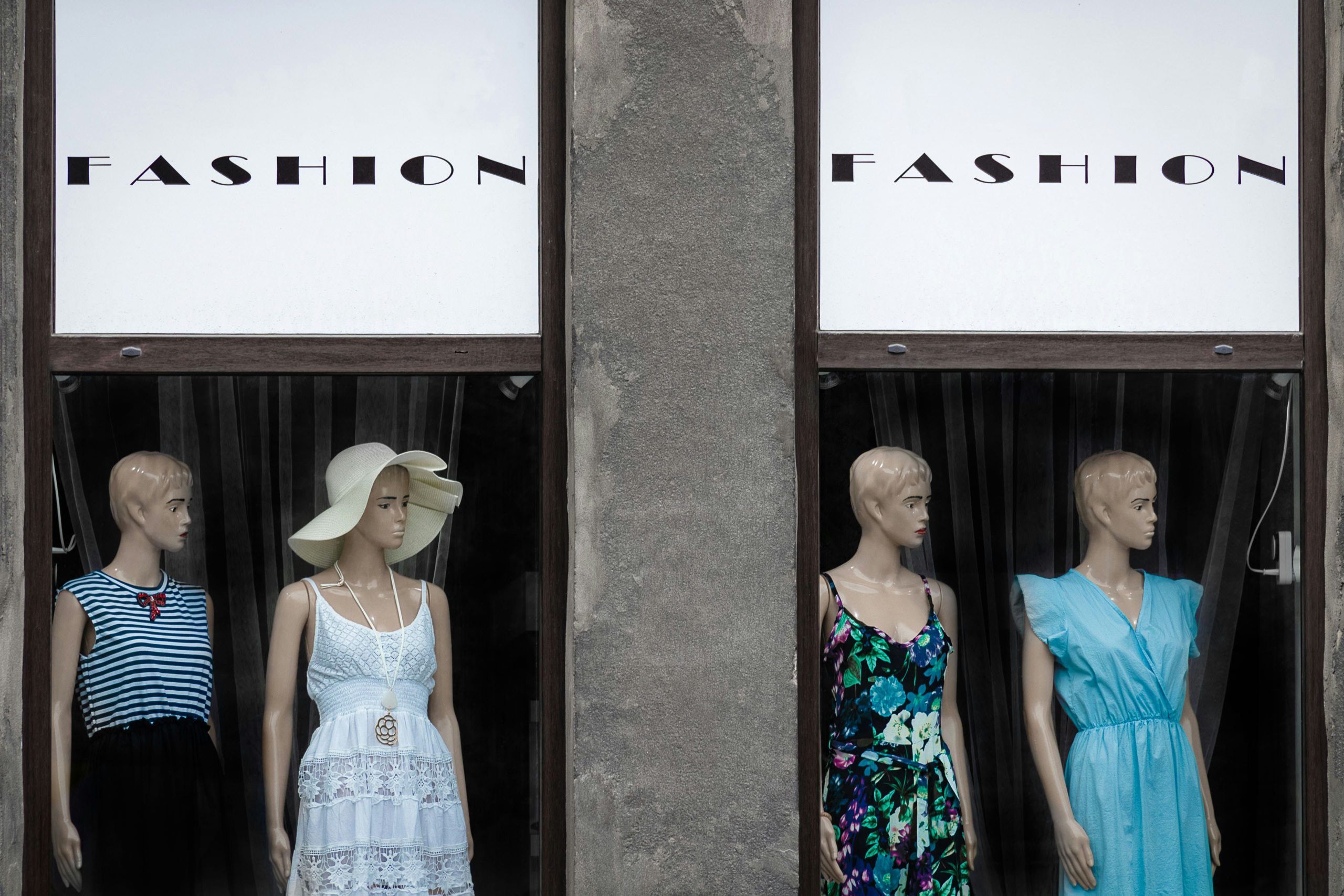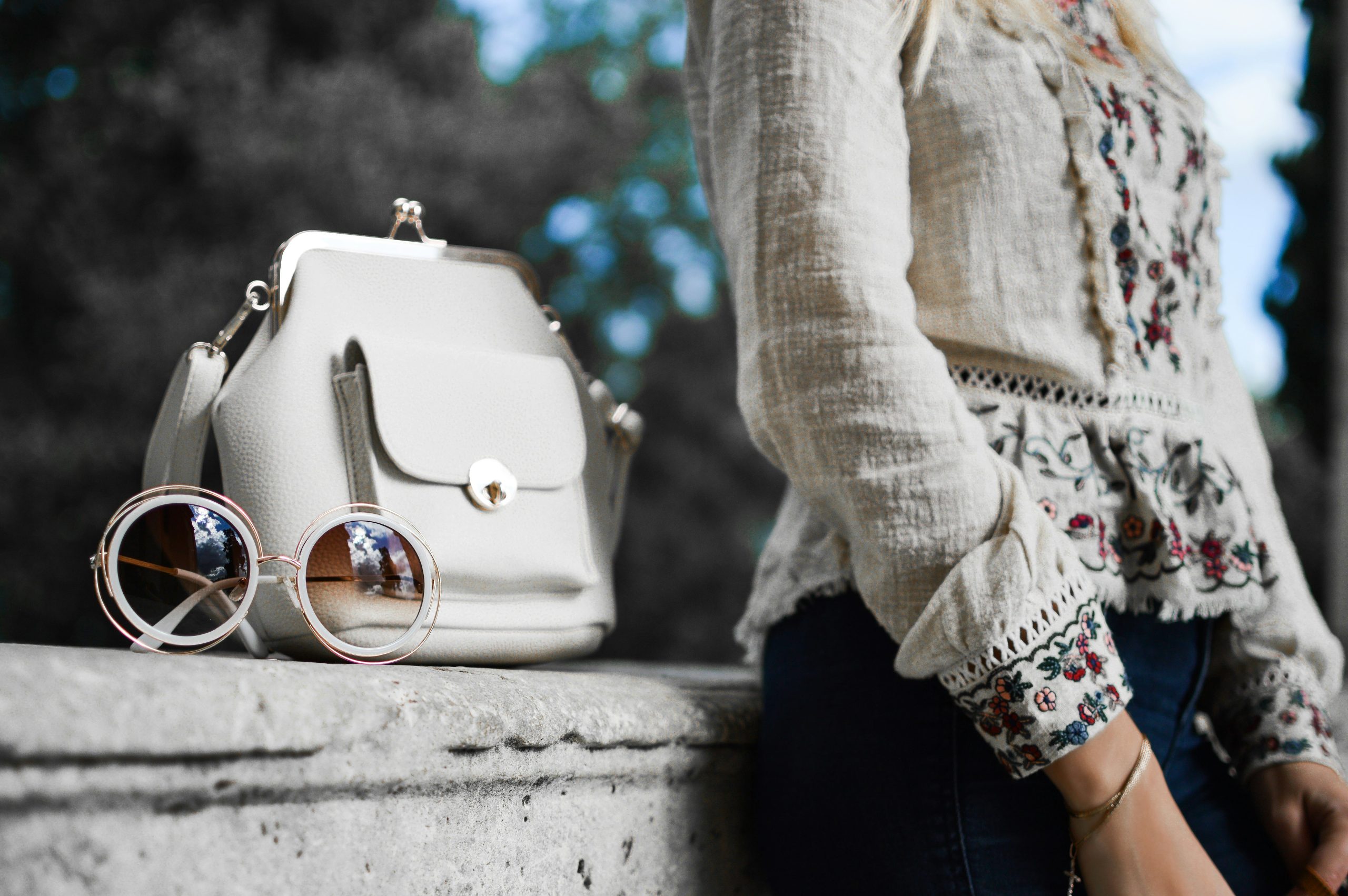Denim jackets are timeless wardrobe staples, but why settle for plain when you can make yours uniquely you? Embroidery is the perfect way to add a splash of personality, turning your favorite jacket into a wearable piece of art. Whether you’re stitching delicate florals, bold geometric patterns, or quirky designs, embroidery lets you showcase your creativity and style.
Ready to transform your denim jacket? Here’s your step-by-step guide to mastering embroidery and creating a jacket that’s truly one of a kind.
Why Embroider Your Denim Jacket?
- Show Your Personality: Create designs that reflect your mood, interests, or style.
- Sustainable Fashion: Revamp an old jacket instead of buying something new.
- Make It Yours: No one else will have a jacket like yours!
Embroidery isn’t just fun—it’s also a meaningful way to embrace creativity and sustainability.
What You’ll Need
Before you get started, gather these essentials:
- A denim jacket (preferably one with minimal embellishments to let your embroidery shine).
- Embroidery floss (choose colors that complement your design).
- Embroidery needles (make sure they’re sharp enough to pierce denim).
- Embroidery hoop (optional, but it helps keep the fabric taut).
- Fabric chalk or a washable pen (for sketching your design).
- Scissors (small and sharp for precise cutting).
- Thimble (optional, for protecting your fingers when working with thick fabric).
Step 1: Choose Your Design
Your design sets the tone for your jacket, so pick something that excites you!
Ideas for Inspiration:
- Nature-Inspired: Flowers, leaves, or birds.
- Pop Culture: A favorite quote, character, or symbol.
- Geometric Patterns: Triangles, stars, or abstract shapes.
- Personal Symbols: Your initials, zodiac sign, or a meaningful motif.
Tip: Start small if you’re new to embroidery. A single flower or a simple design is easier to handle than a complex pattern.
Step 2: Sketch Your Design
Once you’ve decided on a design, sketch it onto your jacket with fabric chalk or a washable pen.
Tips for Sketching:
- Keep your design proportional to the area you’re embroidering. For example, a small design works well on the chest pocket, while a larger design fits the back panel.
- Test your design on paper first to perfect the details.
- Lightly mark any key outlines to guide your stitching.
Step 3: Prepare Your Jacket and Thread
Prepare the Jacket:
- If using an embroidery hoop, position it over the area you’ll be stitching and tighten it to keep the fabric taut.
- If you’re skipping the hoop, hold the fabric firmly while stitching.
Prepare the Thread:
- Cut a length of embroidery floss (about 18-24 inches is ideal).
- Separate the floss into strands (most floss comes in six-strand bundles; for denim, use 2-3 strands for a clean look).
- Thread the needle and tie a small knot at the end of the floss.
Step 4: Learn Basic Embroidery Stitches
You don’t need to be an expert to create stunning embroidery. Here are three beginner-friendly stitches to try:
- Backstitch:
- Perfect for outlines and straight lines.
- How to Do It: Pull the needle up through the fabric, take a small stitch backward, then repeat, overlapping slightly.
- Satin Stitch:
- Great for filling in shapes.
- How to Do It: Stitch back and forth, closely spaced, to create a smooth, solid fill.
- French Knot:
- Adds texture for dots or small accents.
- How to Do It: Wrap the thread around the needle once or twice, insert the needle close to the starting point, and pull tight.
Step 5: Start Stitching
Now it’s time to bring your design to life!
Tips for Success:
- Work slowly and carefully to ensure even stitches.
- Tension is key—don’t pull too tight, or the fabric may pucker.
- Take breaks if your hands get tired; denim can be tough to work with.
Step 6: Secure and Trim
When you’ve finished your design, secure the thread by tying a knot on the inside of the jacket. Trim any excess thread for a neat finish.
Pro Tip: Use a fabric sealant or clear nail polish on the knots for extra durability.
Step 7: Flaunt Your Creation
Congratulations—you’ve transformed your denim jacket into a one-of-a-kind masterpiece! Wear it proudly to show off your creativity and style.
Where to Show It Off:
- Pair it with jeans for a double-denim statement.
- Layer it over a dress for a casual yet chic vibe.
- Use it as your signature piece for festivals, meetups, or casual outings.
Extra Tips for Embroidery Success
- Start Simple: If you’re new to embroidery, stick to small, manageable designs.
- Practice First: Test your stitches on scrap fabric before working on your jacket.
- Experiment with Colors: Mix and match thread colors for added depth and vibrancy.
- Add Layers: Combine embroidery with patches, pins, or fabric paint for an even bolder look.
Why Embroidery is Worth It
- Eco-Friendly: Upcycling your jacket reduces waste and supports sustainable fashion.
- Budget-Friendly: Embroidery supplies are affordable, and the results are priceless.
- Creative Expression: Every stitch tells a story—your story.
The Final Note: Stitch Your Style
Embroidery is more than just a craft—it’s a way to connect with your creativity, celebrate your individuality, and make your clothes uniquely yours. With a little patience and practice, you’ll have a denim jacket that’s as bold, beautiful, and timeless as you are.
So grab your needle, pick your design, and start stitching your way to a trend-setting masterpiece!
What will you create next?
